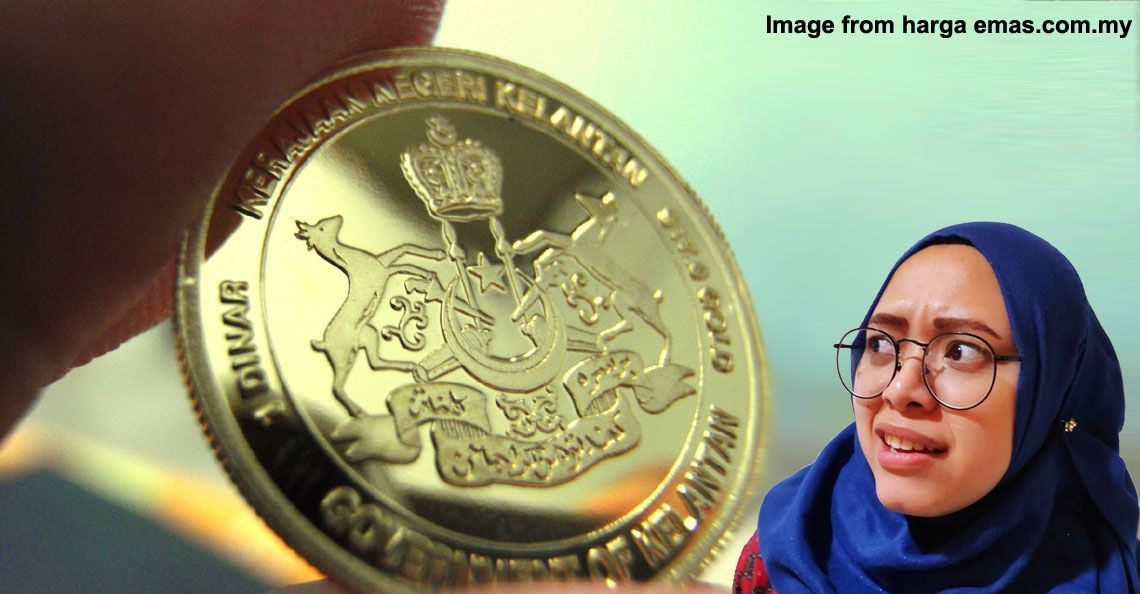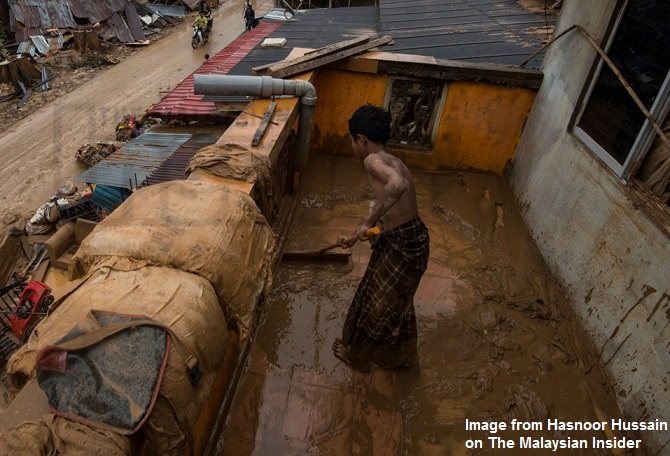Skeleton Older Than Perak Man Found At Sg Nenggiri
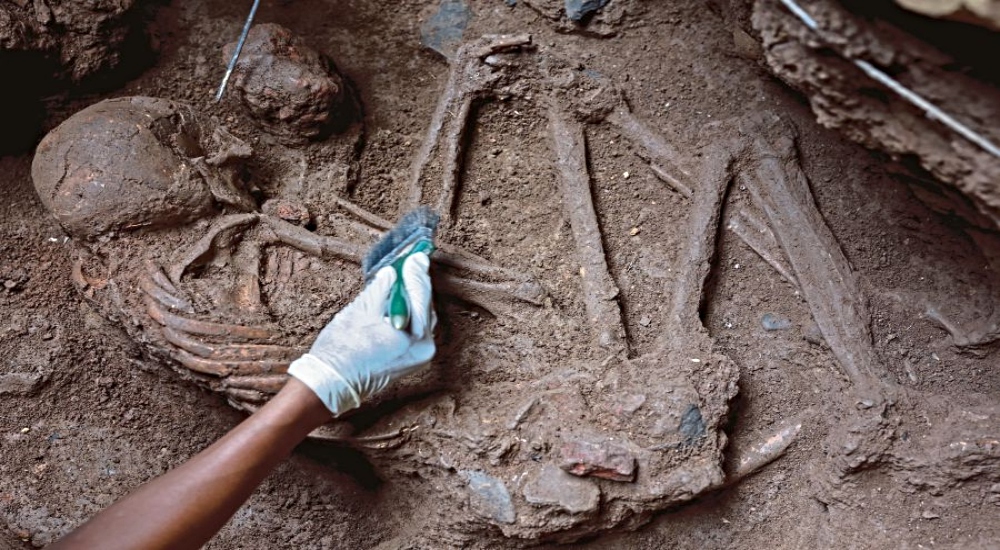
- 262Shares
- Facebook234
- Twitter6
- LinkedIn5
- Email6
- WhatsApp11
When you hear “Kelantan”, two things that may come to mind are its nasi kerabu or teh tarik water. But, if you must know, Kelantan is more than just that. It’s also one of Malaysia’s most historical states. After all, it holds the distinction of being the only state ever ruled by a woman back when Che Siti Wan Kembang ruled it in the 17th century.
In fact, Kelantan’s history can be backdated to 8,000 B.C. It is believed that a prehistoric community originally inhabited the Nenggiri Valley which is a river basin in Kelantan, as rivers were the primary mode of transportation and source of food.
More recently since September 2022, a team of researchers from Universiti Kebangsaan Malaysia (UKM) led by Assoc Prof Dr Zuliskandar Ramli has been excavating at Nenggiri in preparation for the Nenggiri hydroelectric dam project in the Nenggeri Valley. The project was initiated by Tenaga Nasional Bhd (TNB) in collaboration with a 30-member team from UKM comprised of archaeologists, assistant researchers, students, and village community members with the purpose of looking for historical artifacts before the valley becomes submerged when the Nenggiri dam starts operating in mid-2027.
Now if you were one of the researchers who thought that the Perak Man skeleton discovered in 1991 is the oldest in Malaysia, a discovery made by the team in November 2022 took everybody by surprise when they found…
An even OLDER skeleton that existed THOUSANDS of years before Perak Man!
A full pre-historic human skeleton was unearthed in Gua Keledung Kecil. It took the archeologists about a month before they dug up and found the bones in a curled-up fetal position. They also found various artifacts, indicating that people inhabited the Nenggiri area 14,000 years ago.
The prehistoric skeleton was discovered only after the team chose to search for a new excavation site after completing the gali work at Gua Keledung Besar. The skeleton is said to be female based on the hematite findings near the tulang. Basically, hematite is a mineral that has a reddish powder that archeologists believe women used as a make-up aid or burial ritual back then.

Because the bones have been exposed to air since 2022, it took the archeologists almost two days to dig out the skeleton to make sure they didn’t damage the fragile bones. Aside from that, the dampness of the surrounding dirt and the internal parts of the skeleton being coated in layers of soil made removal even more difficult. The skeleton was cleaned using a “dry cleaning” procedure that involved removing dirt and other particles with a bamboo skewer and a small brush. This process has to be done super carefully, especially when dealing with the bones’ most delicate sections.
All in all, tools and other items were also discovered around the skeleton. These comprised grinding stones, a pounding instrument, hand-held axe, slate chipping tool, and quartz crystal, commonly used in pre-historic burial rituals. All of these may help researchers better understand the burial practices and socio-cultural evolution of our prehistoric nenek moyang who lived in the area.
But that’s not the only way the researchers are working to understand their findings. Because alongside that…
They’ve sent the samples to be tested… in the US!
The samples that are associated with the human skeleton found in Gua Keledang Kecil have been sent to a lab in Florida, US for chronometric dating so they can determine the age of the bones more accurately.
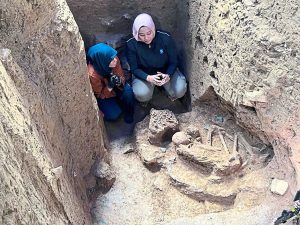
The skeleton was transported to the UKM Anatomy Department and Pharmacology to study the bone quality back in July. They used micro-computed tomography (micro-CT) to determine the interior shape and density of the bones. The 2D images from the scan will later be converted to 3D to get the measurements of the interior thickness of the bones.
Their findings will be used to create a unique database on the biological properties of prehistoric human bones and provide more accurate information on human life throughout the pre-Neolithic era.
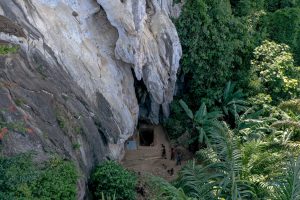
As part of this, a mini-gallery near the Nenggiri Dam will also be built to house all of the discoveries, including the skeleton and ancient items from the Nenggiri Valley. The gallery will also include discoveries made at excavation work across 14 caves including Gua Cha, Gua Chawan, Gua Kecil (Batu Tambah), Gua Lubang Kelawar (Batu Tambah), Gua Keledung, Gua Rahmat, Gua Gemala, and Gua Kelew.
Though it may take time for archeologists to uncover the other sites, the discovery of this skeleton reinforces Malaysia’s rich pre-historic background. The skeleton and the other findings at Nenggiri Valley may help researchers determine how prehistoric people lived around the valley and how they’ve evolved with time. Through this, hopefully, we come to appreciate not just the discovery of ancient mummies in Africa or the prehistoric human remains in South America, but also the old rangka tulang of our own ancestors here in Malaysia.
- 262Shares
- Facebook234
- Twitter6
- LinkedIn5
- Email6
- WhatsApp11

